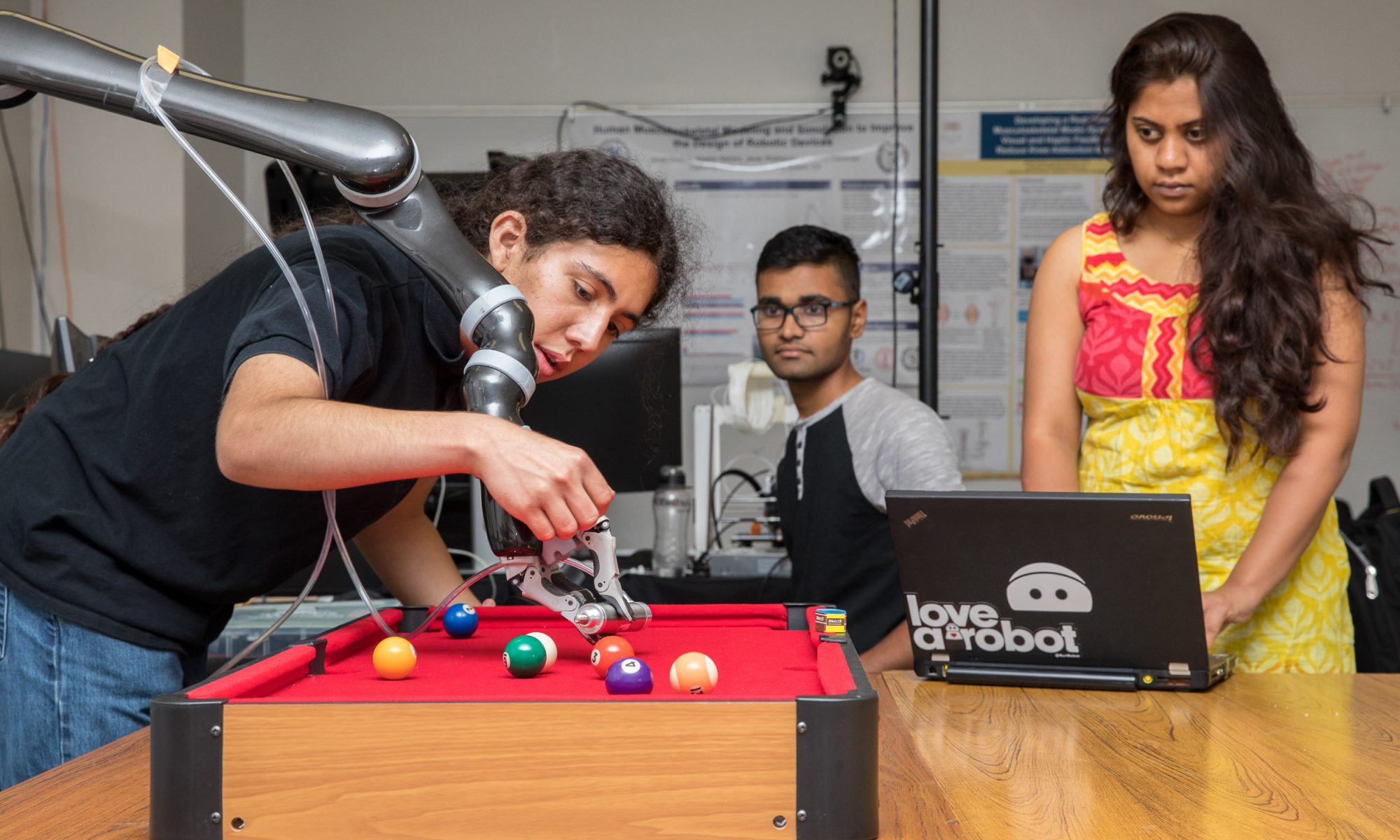
It takes more than a compelling storyline to produce a successful videogame. Besides a storyteller, a game development team needs visual and sound artists, marketers, and software engineers to build the game and launch it on different platforms.
That’s why it’s so important that artists and software engineers learn how to communicate.
A former project manager, computer science lecturer Elliot Gertner has been interested in getting different types of people to work together for years. And on the other side of the campus in Fine Arts, so has film and electronic arts lecturer Adam Moore.
The two got together and proposed a joint course for the spring semester. Their proposal—“Improving Communication between Software Engineering Students and Game Design Students through Cross Disciplinary Collaborative Projects”— earned them a CSULB High-Impact Practices Award. HIP awards recognize efforts with the potential to significantly improve student engagement and learning.
Both are hoping the course can create a roadmap for interdisciplinary collaboration that other departments can use. Under their proposal, the two faculty will begin their classes separately—Gertner teaching CECS 343 (Introduction to Software Engineering) and Moore teaching FEA 365 (Introduction to Game Writing and Design).
For the last half of the semester, their students will collaborate on projects via Beachboard, eRoom, video conferencing, and shared document cabinets. Gertner said in addition to gaming, students will learn about working remotely, a skill that’s in high demand in today’s workplace.
“This is the future of the entertainment industry—interactive games,” said Gertner. “It’s a real problem. That’s what studios want from students—to be able to communicate and be part of a team.”
“I’m insanely excited about this collaboration,” Moore said. “Software engineers are going to work for studios where there are designers. This is a great training ground for getting people to work in the 21st century.”
Gertner said artists are typically creative, floating limitless numbers of possible ideas before settling on one. Software engineers, however, usually first want to understand the requirements. And if an idea is suggested, their minds are geared to figuring out whether it’s technically possible.
For example, a software engineer’s reaction to an artist suggesting a game with a hundred characters might be: “We’d need a supercomputer for that.” Gertner said artists often perceive engineers’ focus on technicalities as constraining. Frequently, discussions stop too early because of that.
Mechanical engineering senior Sebastian Gutierrez, who is enrolled in Moore’s game development class, is already getting a taste of interdisciplinary collaboration. He had an idea for his game—called “Duke n Doug’s Trampoline Rush”—but needed team members to help him build it. In the game, people fall from a burning house into an emergency stretcher, and are bounced into an ambulance or a police van, depending on whether they’re victim or criminal.
His team includes another mechanical engineering major, two sound engineers, and artists. So far, he said it’s been interesting working with teammates with different skills and perspectives.

